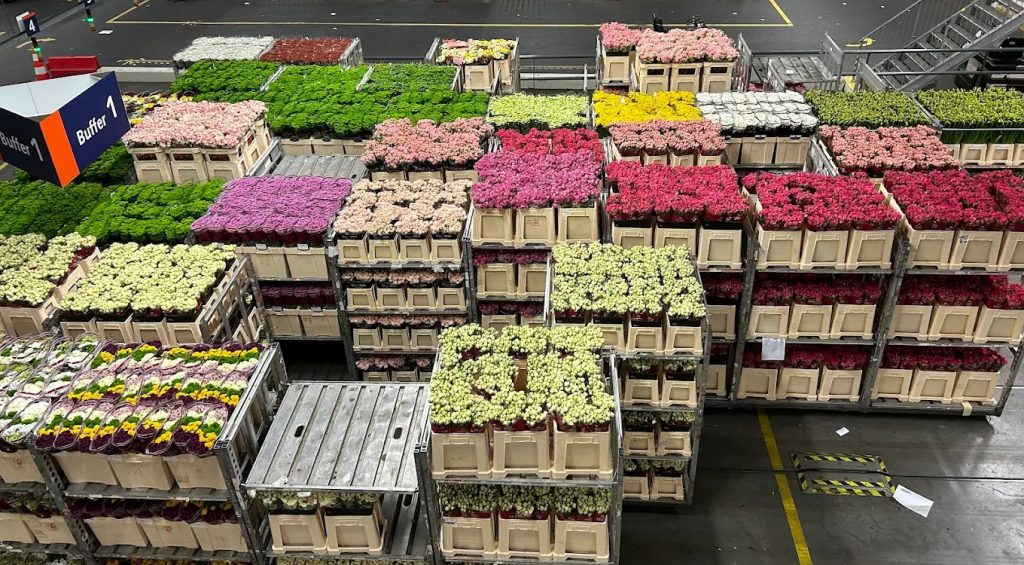
The global flower trade is facing an acute supply squeeze, with prices at the Dutch auction clock climbing sharply in recent weeks. The surge is tied to extreme weather in Ethiopia, where storms and hail have destroyed up to 80% of output at certain farms, drastically reducing availability in one of the world’s key production hubs.
Roses, the cornerstone of Ethiopia’s floriculture industry, have been hit hardest. Weeks of unfavorable weather have not only slashed harvest volumes but also diminished quality, leaving international buyers with limited options. The result is a wave of heightened competition at Europe’s largest auction platform, where demand continues to outstrip supply.
Market participants note that florists are under mounting strain. With alternatives such as carnations and summer flowers also trading at higher prices, passing costs to consumers remains a challenge. The issue is compounded by increased seasonal demand: flower shops in Belgium recently reopened after closures, and back-to-school season is lifting retail sales across European markets.
For the global supply chain, the Ethiopian shock serves as a reminder of how swiftly climatic events can ripple through markets. A single disrupted growing region has created imbalances across multiple countries, reinforcing concerns about the sector’s resilience amid shifting weather patterns.
